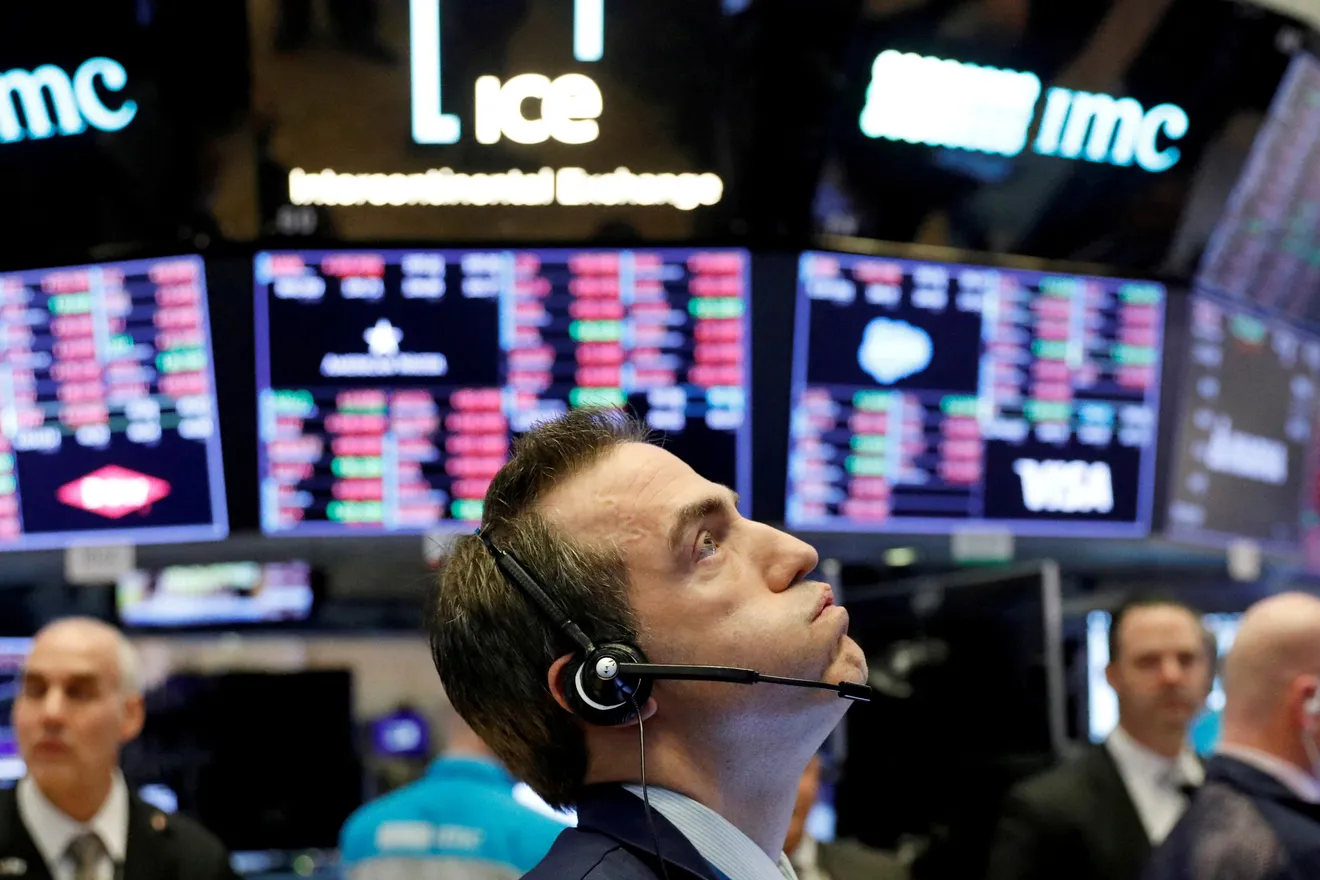The stock market, which rumbled into 2025 like a long-distance runner getting its second wind, now seems to be out of breath. Three straight weeks of declines have shaved 9.3% from the value of the Standard & Poor’s 500 index, with similar declines for the Dow Jones Industrial Average and other yardsticks.
The recent turmoil likely has spiked up anxiety levels for many people with money tied up in workplace 401(k) plans or other retirement accounts. These are long-term accounts, for which short-term gyrations shouldn’t matter much. But if you count yourself among the newly nervous, here are some tips that can help keep things in perspective:
What has sparked this recent bout of stock-market weakness?
The short answer: President Trump and his insistence on slapping tariffs on key trading partners, including Canada, Mexico and China. Tariffs tend to be inflationary, at least in the short term on some imported products, and they invite retaliation against U.S. exports. Plus, Trump has gone back and forth on some of his tariff proposals, creating the type of uncertainty that investors dislike.
That said, tariff actions and threats have been around for weeks. What’s new this time is Trump’s refusal to rule out a recession near term. The president has been discussing a period of “transition” as these taxes on foreign imports take hold. If tariff turmoil sparks a recession or general downturn in the U.S. economy — still far from a certainty — that would take the discussion to a more alarming level.
How bad is the current stock-market trend?
So far, it’s not all that alarming, though many investors seem to fear things could get worse.
Since 1980, for example, the S&P 500 has sustained declines during those years, averaging 14.1%, according to J.P. Morgan Asset Management. Yet over that stretch, stocks in the S&P 500 still managed to post overall gains in 34 of those 45 years, or roughly three years in four. Since 1950, stocks have posted an average annual gain of 11.6%, despite many white-knuckles rides along the way.
Possibly but probably not. For starters, you don’t want to withdraw money from your account, as that would lock in any losses and subject you to taxes. But you might want to adjust your investment mix if you feel the volatility is too much to handle.
In recent decades, the worst decline was a 49% peak-to-trough slide during 2008, amid the Great Recession, and the S&P tumbled 30% or more in four other years since 1980, according to J.P. Morgan. Curiously, the market fully recovered in two of those years, ending on a positive note.
Is this the time to tinker with the holdings in my 401(k) plan?
The stock market in preceding months had been powered forward by a handful of large technology corporations — the Magnificent Seven.
These big players accounted for a growing share of overall returns for the S&P 500, making the index and the many mutual funds tied to it increasingly undiversified. For better balance among your holdings, you might want to add a foreign stock fund, a bond fund or something along the lines of a real estate fund or even one pegged to precious metals. Funds tied to foreign stock markets also should be part of a balanced portfolio.
Simply blending bonds with your stocks can provide a lot of downside cushion, without giving up all that much upside potential. A portfolio of 60% stocks/stock funds and 40% bonds/bond funds would have produced a highly respectable average annual return of 9.4% since 1950, according to J.P. Morgan Asset Management.
How can I frame recent market losses in a more favorable light?
One way is to apply a little historical perspective. As noted above, the stock market often bounces around plenty but still finishes higher.
And keep in mind that you’re still probably about where you were three or four months ago. “In a sense, the market has simply given back (the gains from) the election-fueled rally,” said Rich Drage, senior portfolio manager at RBC Global Asset Management.
If you have money in a workplace 401(k) plan, you might also consider that your employer is sharing in the pain, at least partly. That’s because employers typically ante up matching funds to encourage worker participation. You might think of this as house money that creates a buffer for potential losses.
Younger investors in their 20s and 30s, with more time to recover from losses, can afford to play more aggressively and might even view the current slide as a buying opportunity. But even older people in their 60s and 70s might have 10 or 20 more years to work with. Over time, the stock market invariably pushes higher, and that means the odds of sustaining a loss are greatly diminished.

